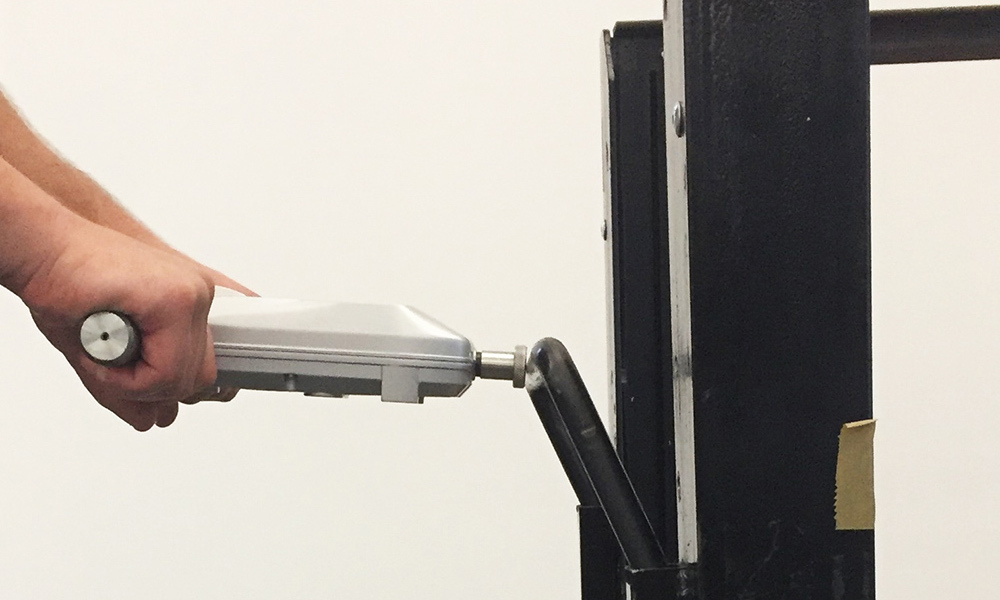Caster Connection Continuing Collaboration With The Ohio State University Spine Research Institute In 2021
For over 33 years, we’ve helped people avoid injury due to bad casters.
Over the last two years, we worked with The Ohio State University Spine Research Institute to make sure that the measurement guidelines that we were using reflected the actual risk that our clients were in.This study will keep folks healthier and more productive on the job.
Our study with the OSU SRI was conducted in the Center for Disruptive Musculoskeletal Innovations (CDMI) and with the support of the National Science Foundation (NSF).
Watch the final presentation at the Applied Ergonomics Commission here.
Watch a video on the study here along with general info on ergonomics.

The last study the we conducted established the most natural testing speed for a push/pull test, but we lacked the data to make any certain conclusions about turning and injury risk.
This next study in 2021 will shed light on injury risk, speed, and testing with respect to turning with a cart.
It will, in short, attempt to establish agreement between “natural” turning forces (pushing without a gauge) and forces recorded on a single-axis gauge.
In this way, we can set guidelines for facilities around the world that will better estimate injury risk.
During the testing process, we will examine a few select factors in particular, such as, handle height, cart weight, and turning radius.
We will instruct human subjects to push carts without any instruction, thereby establishing a “natural” pushing/pulling motion, and after this phase, they will be taught how to use the hand-held gauge so that we can take measurements of the same turning movement with the hand-held gauge.
After all these measurements are complete, we will compare them to establish guidelines that most accurately reflect the “natural” pushing/pulling speed and mechanics.

Hopefully, at the end of this testing, we will have a much more accurate understanding of push/pull testing, injury risk, and the factors involved in the process, so that we can help our clients and the international community to avoid injury and simply be safe.